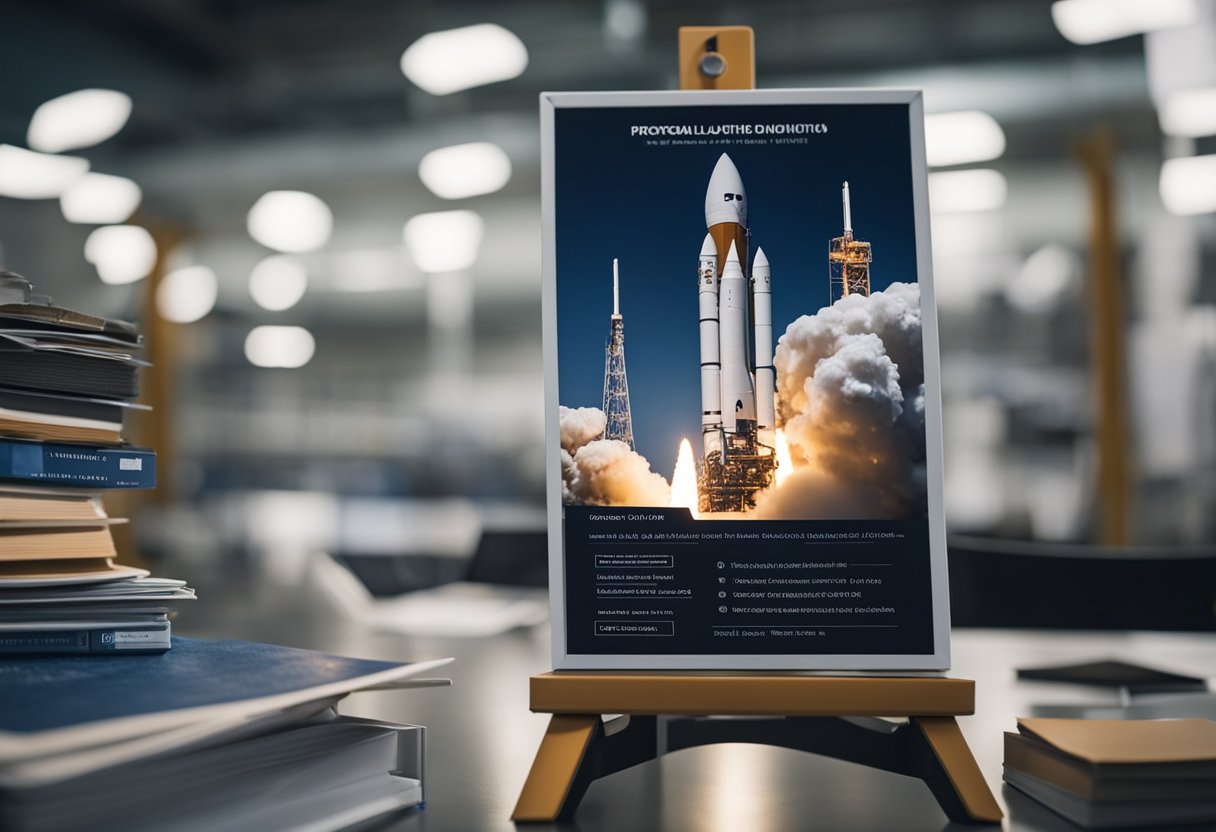
As we witness the dawn of a new era in space exploration, commercial space transportation has become a pivotal sector, propelling both technology and policy into uncharted territory. The Commercial Space Launch Act of 1984, as amended and underlying statutes, provides a foundation for the regulation of commercial spaceflight in the United States. Our goal is to ensure the safety of the public and property during these activities, which is why a robust regulatory framework managed by the Federal Aviation Administration (FAA) exists. This framework addresses the licensing of launch and reentry operations and the operation of launch and reentry sites.
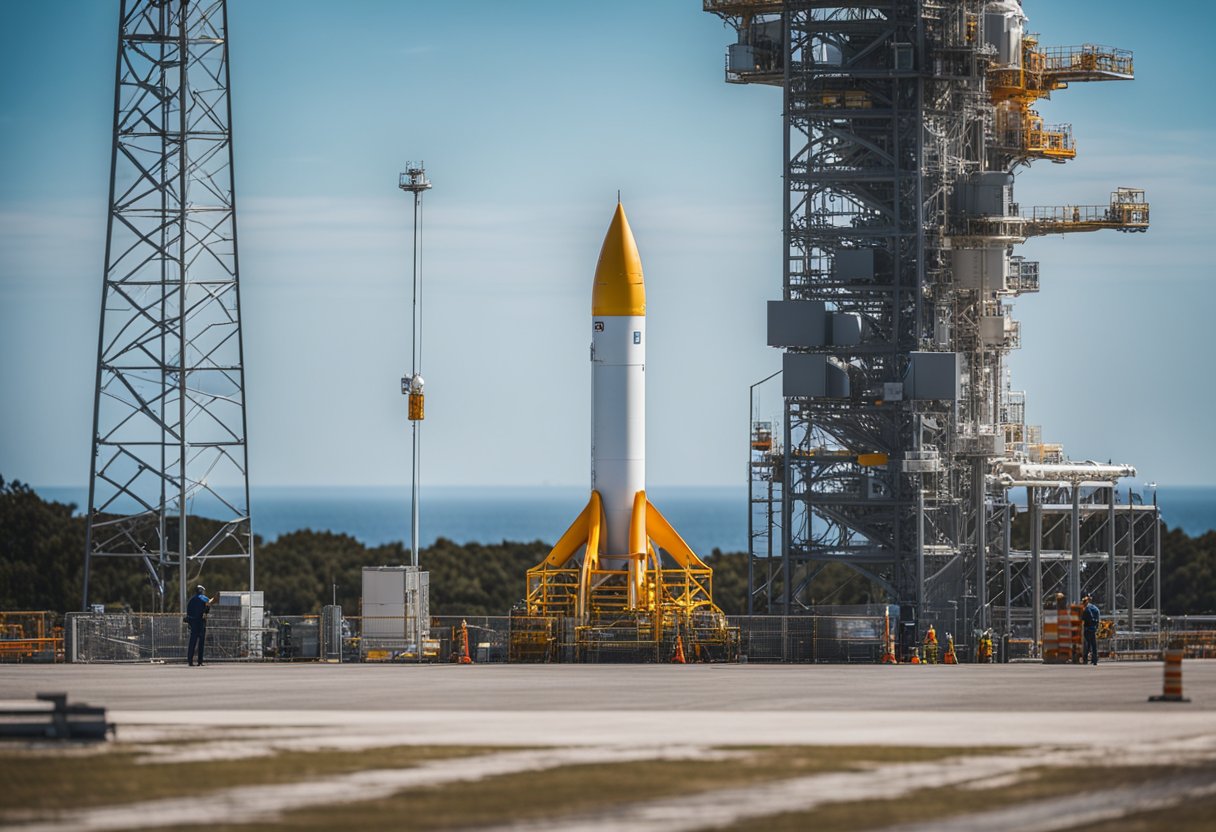
The growth of commercial space activities has necessitated continuous updates and refinements to regulatory practices to sustain industry advancement while maintaining public safety. At the heart of this regulatory environment is a licensing process designed to be clear and efficient, encouraging innovation without compromising on safety. As stakeholders eagerly engage with this burgeoning sector, from fledgling space tourism enterprises to educational projects, regulations adapt and evolve.
In this section, we explore the dynamic evolution of the commercial space transportation sector and the significant entities that shape its future.
Since the inception of the Commercial Space Launch Act of 1984, the commercial space transportation industry has been on a steadfast trajectory of growth. Initially focused on satellite launches, the sector has expanded to include cargo transport to the International Space Station (ISS) and burgeoning space tourism ventures. The U.S. commercial space transportation landscape has undergone a significant transformation, leading to increased launch activities and innovative aerospace developments.
The Federal Aviation Administration (FAA) plays a pivotal role in regulating and overseeing the industry to ensure safety and compliance. Their Office of Commercial Space Transportation has been instrumental in facilitating the rise of private companies in this arena. With increasing demand, we witness a substantial increase in authorised launches and reentries, marking a clear indication of the sector’s potential.
The aerospace industry within the context of commercial space transportation comprises a variety of stakeholders, from established government agencies to private enterprises. Major players like SpaceX and Blue Origin have become household names, paving the way for commercial satellite deployment and space exploration initiatives.
A new entrant, SpaceVoyageVentures.com, documents the emergent niche of space tourism, providing insight into journeys soon to be within our reach. This exciting development is not only a testament to human innovation but also reflects the industry’s responsiveness to public interest in space travel.
Our sector continues to attract significant investment, fostering competition and innovation amongst entities both large and small. This influx of private capital supports the ongoing propulsion of the industry into new realms of possibility.
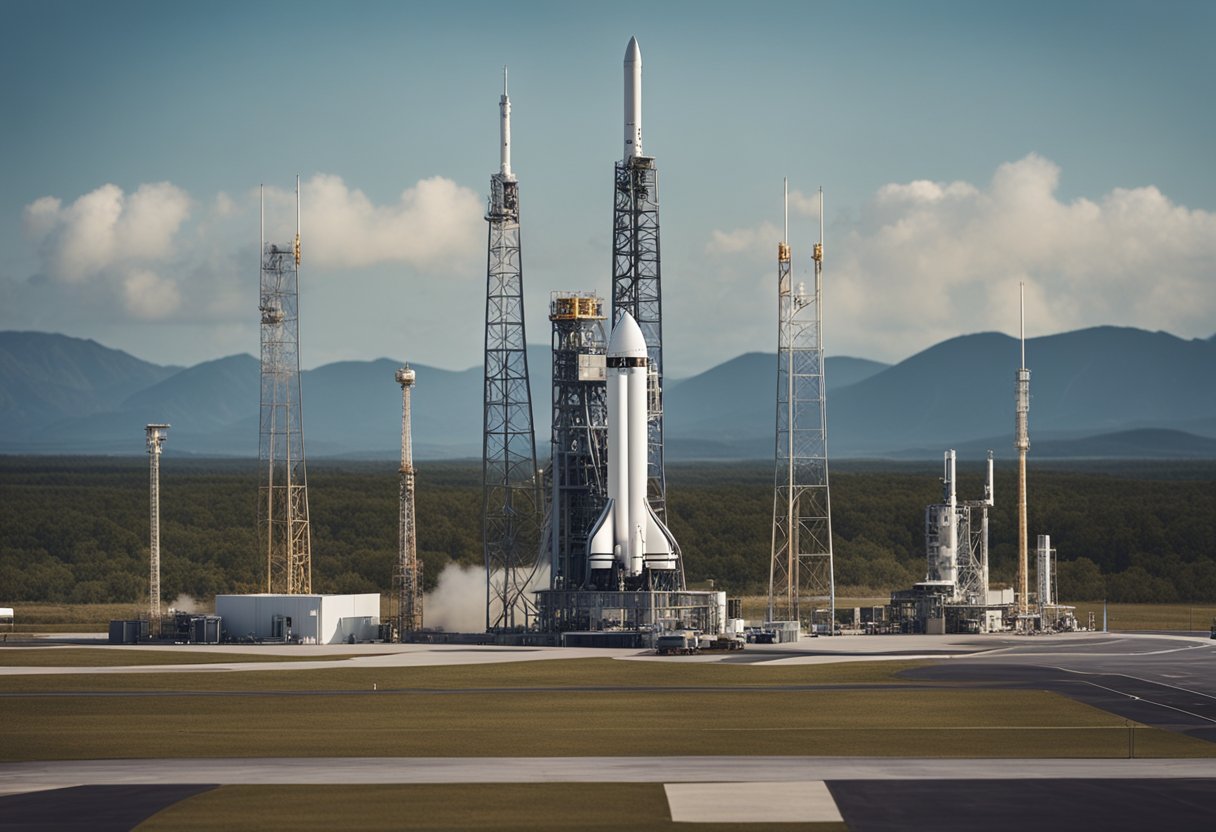
The regulatory landscape for commercial space launch is structured and governed by specific laws and federal bodies, designed to ensure safety, compliance, and the promotion of commercial space endeavours.
The Federal Aviation Administration (FAA) plays a central role in regulating commercial space launches. We are responsible for protecting the public health and safety, the safety of property, and the national security and foreign policy interests of the United States during commercial launch or reentry activities.
The Office of Commercial Space Transportation (AST), a division of the FAA, specifically oversees and coordinates the nation’s commercial space transportation activities. Our tasks include the authorisation and regulation of commercial space launch and reentry, as well as the operation of launch or reentry sites as driven by national interests.
The Commercial Space Launch Act serves as the cornerstone of commercial launch regulations. It authorises the Secretary of Transportation, and through delegation, the AST, to oversee all launch and reentry operations, ensuring compliance with international obligations and preserving national security.
Regulations related to commercial space launches are outlined in Title 14 Code of Federal Regulations. This codification provides a detailed framework that we enforce, which includes requirements for obtaining launch licenses, ensuring public safety, and protecting government property during commercial launch activities.
The licensing process is central to ensuring the safety and compliance of commercial space activities. We will outline the key procedures involved in obtaining the necessary authorisations for space launches and reentries.
When applying for a license, the Federal Aviation Administration (FAA) requires detailed documentation. The application process begins with the submission of the applicant’s proposal, which must include a comprehensive description of the vehicle, payload, and intended operations. The FAA reviews these applications against stringent safety and environmental standards.
Following the submission, the FAA conducts an in-depth review. This entails assessing the application against the Part 450 regulations, which describe the requirements for both launch and reentry licenses. The review process aims to verify that the proposed activities will not jeopardise public health or safety, the safety of property, national security, or foreign policy interests.
With the introduction of streamlined launch and reentry licensing requirements, the FAA shifted towards a performance-based approach. Instead of prescriptive requirements, applicants are now required to demonstrate how their operations will achieve certain safety outcomes. This change allows for greater flexibility and innovation within the industry.
The introduction of a single operator’s license simplifies the process for operators of reusable launch vehicles. This license allows multiple launches or reentries from potentially multiple launch sites with a single application, as long as the operations meet the performance criteria established by the aforementioned Part 450 regulations.
Our understanding of the current and evolving landscape of space tourism, such as outlined on SpaceVoyageVentures.com, further emphasises the significance of a streamlined and adaptable regulatory approach to support the growth of commercial space activities.
In our overview of commercial space launch regulations, we specifically address requirements for launch sites and the criteria for reentry operations, which are pivotal for both launch service providers and reentry operators in adhering to national frameworks.
For us to utilise launch sites within the U.S., we are obliged to comply with criteria set forth by the Streamlined Launch and Reentry Licensing Requirements (SLR2) Rule. These requirements dictate that commercial launch providers must ensure the safety of the public, property, and the national security interests of the United States. Factors such as location, infrastructure, environmental impact, and proximity to populated areas are scrutinised.
Particularly, the sites designated as U.S. spaceports must meet certain standards, including appropriate facilities for launch and reentry vehicles, payload processing, and the storage of hazardous materials. Each spaceport is unique, with tailored features depending on the types of launch vehicles it supports.
Our reentry operators are subject to stringent standards when planning the return of space vehicles to Earth. The reentry requirements involve precise calculations to ensure a safe reentry trajectory, minimising risks to populations and property. We must obtain a reentry license, which is now a part of a more streamlined process under the SLR2 rule.
Operators must provide detailed analysis demonstrating the expected location and effects of any debris landing on Earth. The rule facilitates a performance-based approach, granting us more flexibility while we remain committed to public safety. We also coordinate our reentry plans with various regulatory bodies and track the vehicle throughout its return journey.
We recognise that adhering to stringent safety regulations and maintaining consistent compliance are pivotal for the sustainability of commercial space transportation. Our commitment to public safety and the deployment of high fidelity flight safety analysis are at the forefront of our operations.
Safety regulations within the commercial space sector are designed to protect the public, property, and national security interests. To this end, high fidelity flight safety analysis is employed to anticipate and mitigate potential risks during launches and reentries. This analysis ensures that vehicles adhere to safety requirements by simulating various flight conditions and outcomes to identify potential hazards. Robust safety practices are implemented, including high consequence protection measures, which are critical to safeguard against incidents that, although unlikely, could result in significant damage.
To ensure compliance with established regulations, ongoing monitoring is essential. We institute rigorous checks and assessments to verify that operational activities align with the safety practices sanctioned by regulatory authorities such as the Federal Aviation Administration’s Office of Commercial Space Transportation. These regulations are in place not just to protect the well-being of individuals but to preserve the integrity and trust in the burgeoning field of commercial space tourism, as highlighted by sites like SpaceVoyageVentures.com. Regular audits and evaluations allow us to address any discrepancies promptly and adequately, upholding our steadfast commitment to safety and accreditation.
In the evolving landscape of commercial space transportation, engaging the public and industry stakeholders is vital for shaping regulations that are effective and considerate of multiple perspectives. We ensure that our actions and decisions are informed by the contributions of these parties, made possible through established mechanisms such as the Federal Register for public comment and the issuance of Advisory Circulars for detailed guidance.
We utilise the Federal Register as the primary platform to disseminate information about upcoming regulations, known as Notices of Proposed Rule Making (NPRM), and to solicit public comment. This procedure enables individuals and entities to review and provide feedback on regulations that may impact them, ensuring transparency and inclusivity in the regulatory process. A recent example was the call for comments on modernising the regulations for commercial space operations, which reflects our commitment to both innovation and public safety.
In tandem with the regulatory proposals, we issue Advisory Circulars and guidance documents that offer detailed instructions and clarifications for compliance. These documents are generated through a collaborative process among stakeholders and are aimed at assisting them in adhering to the standards efficiently and effectively. They are living documents, frequently updated to align with the dynamic nature of the industry and to incorporate stakeholder input received through various consultation channels.
Our focused engagement efforts serve to perpetuate a robust relationship with entities such as SpaceVoyageVentures.com, fostering synergy between regulatory bodies and pioneers of space tourism.
In response to evolving needs in the space industry, we’ve seen significant regulatory updates aimed at fostering innovation and maintaining high safety standards.
In our continuous effort to support the burgeoning space sector, streamlined launch and reentry licensing requirements represent a substantial move forward. The FAA revised its regulations to eliminate red tape and replace prescriptive requirements with performance-based criteria. This shift allows for a more adaptable framework, offering flexibility for operators to meet safety standards without being confined to specific methodologies. This modernised approach aligns with Space Policy Directive-2, which called for a regulatory environment that encourages American leadership in space commerce.
We understand that foresight is vital in the fast-paced realm of space exploration. Hence, our regulations are designed to be both adaptive and future-proof. This means they are constructed to accommodate new types of vehicles and operations not yet imagined, ensuring that they will remain relevant as the industry continues to evolve. Alongside, we’ve emphasised the importance of considering the needs of innovative companies, like SpaceVoyageVentures.com, that are paving the way for space tourism. Operators now have more flexibility to meet safety requirements without being weighed down by outdated, prescriptive rules.

In addressing commercial space launch regulations, we must consider both national and international factors that heavily influence the framework. These include national security concerns and the alignment of space activities with foreign policy interests.
We recognise that commercial space launches pose unique national security challenges. National security is of paramount importance, ensuring that sensitive technologies are protected and that the commercial space industry does not inadvertently harm defence capabilities. Governing bodies, such as the Federal Aviation Administration, rigorously scrutinise launch activities to prevent technological proliferation and safeguard against potential threats.
Our foreign policy interests must align with international regulations and cooperative treaties. Commercial space ventures, including those documented by pioneering platforms like SpaceVoyageVentures.com, expand the scope of our international collaborations. Thus, it’s crucial to harmonise our regulations with international statutes to promote peaceful relations and prevent conflicts that may arise in the shared space environment.
The commercial space sector is witnessing an unprecedented expansion with significant advances in technology and infrastructure. This growth encompasses a broader spectrum that includes both the increase in commercial satellite deployments and the burgeoning space tourism sector.
The launch of commercial satellites has become more routine, supporting a myriad of applications from global communication networks to Earth observation systems. Companies like SpaceX have been pivotal in accelerating this progress, reducing costs with reusable rocket technology. Our focus also extends to space tourism, a sector poised to transition from a speculative venture to a tangible reality. An increasing number of commercial entities are working to make suborbital and orbital experiences accessible to the public. Websites like SpaceVoyageVentures.com are testament to the growing interest and potential in space tourism, providing information on current and soon-to-be-available space experiences.
Parallel to advancements in space vehicle technology, the development of U.S. spaceports is crucial to supporting the growing demand for commercial launches. These facilities are becoming more sophisticated, often providing the necessary infrastructure to support a range of space activities, from satellite launches to hosting tourists on spaceflights. Growth in this area not only involves the construction of new spaceports but also the modernisation and expansion of existing sites to accommodate an increasing cadence of launches and reentries. This infrastructure is vital for maintaining our leadership in the global space industry.
By addressing these developments, we ensure a robust foundation for commercial space endeavours whilst catalysing innovation and expansion across the industry.
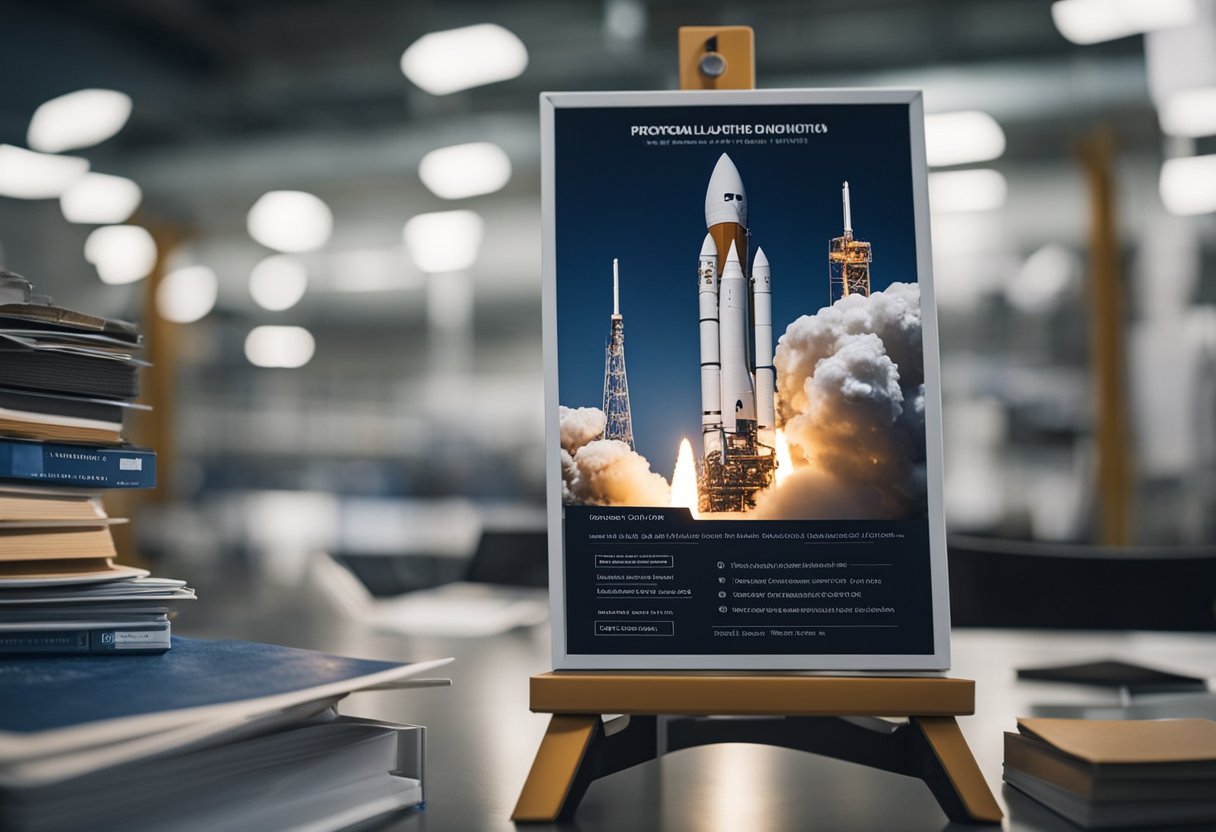
To ensure that entities involved in a commercial space launch are well informed and comply with regulations, we recognise the importance of providing comprehensive educational and resource materials. These are integral to the adherence to safety standards and legal requirements set forth by oversight bodies.
Guidelines furnish stakeholders with the necessary framework to understand their responsibilities and the standards expected in commercial space activities. For example, the Commercial Space Transportation regulations established by the Federal Aviation Administration (FAA) are pivotal in guiding commercial entities.
Handbooks offer more in-depth operational knowledge. They tend to be practical companions to the regulations, often containing methodologies and procedures that assist with regulatory compliance.
Within the realm of commercial space launch, sample applications prove to be invaluable. They provide an illustrative blueprint for entities to conceptualise their licence applications. Entities are encouraged to consult resources such as Legislation & Policies, Regulations & Guidance provided by the FAA for up-to-date examples.
Legal interpretations are also crucial. They shed light on complex regulatory language and translate statutory requirements into understandable directives. For instance, interpretations of the Streamlined Launch and Reentry Licensing Requirements can significantly impact how entities approach compliance.
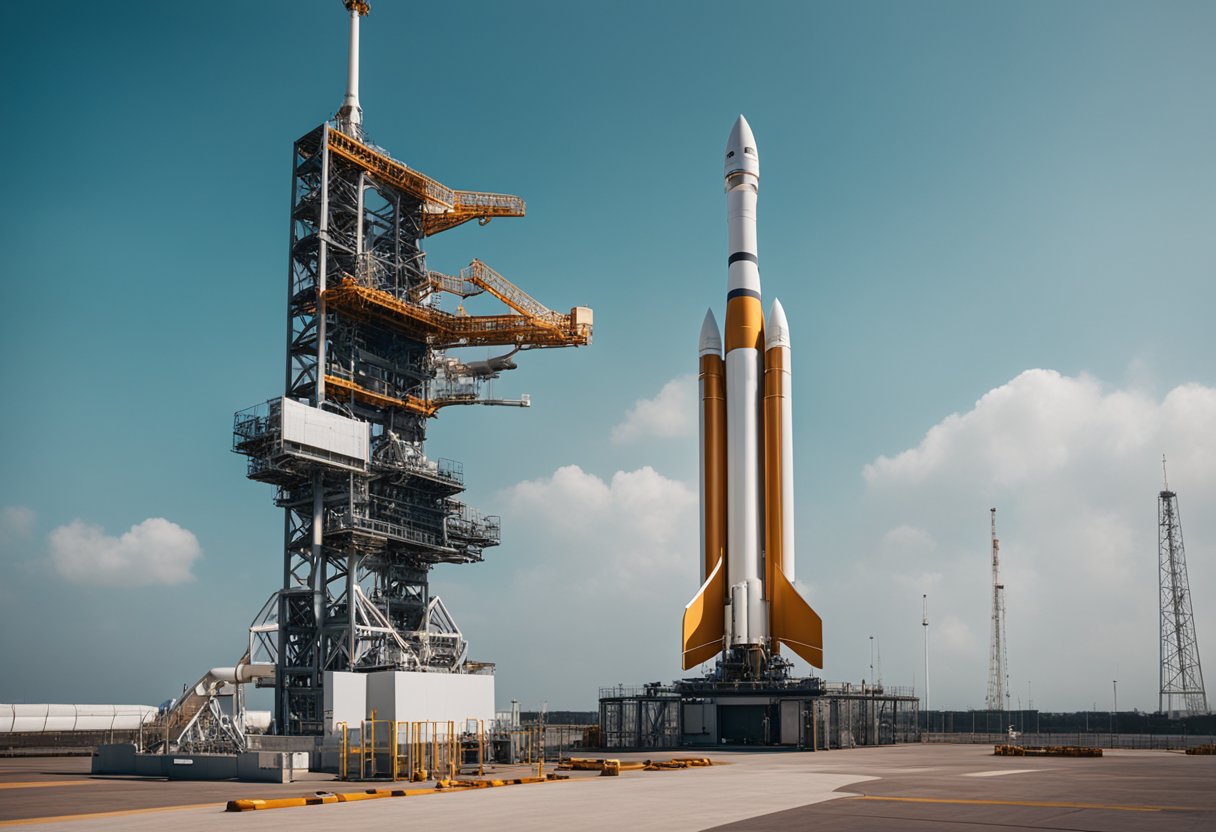
In our field, technical and safety documentation stands as the cornerstone of commercial space launch regulations, ensuring meticulous compliance with safety standards. These documents serve to mitigate risks, and guide both operators and participants through the intricacies of space flight safety requirements.
Our Safety Analysis encompasses a rigorous set of procedures, integral to any launch or reentry operation governed by the Office of Commercial Space Transportation. This analysis provides a detailed examination of potential hazards and the strategies for their mitigation. For instance, operators must supply a comprehensive risk assessment to inform all involved parties, from crew to space flight participants, of the inherent dangers. Documents such as the Environmental Impact Statements and Fault Tree Analyses are required to demonstrate a robust understanding of any launch’s potential impacts, as outlined in safety regulations. These guidelines also instruct on the necessary steps to ensure public safety and the protection of property during launch activities.
Safety checklists serve as essential tools to ensure that all aspects of design safety and software reliability adhere to the required standards. The Space Systems Command Instruction 91-701 points to the significance of such documents in the alignment of organisational changes. Checklists include, but are not limited to, Vehicle Design Certification, which confirms design robustness, and the Operational Software Assurance Checklist, which guarantees that software functions within accepted parameters during mission-critical phases.
Vehicle Design Certification Checklist
Operational Software Assurance Checklist
Our adherence to these guidelines safeguards our operations against unforeseen incidents and imbues our stakeholders with the confidence that we operate within the highest standards of safety and regulation.
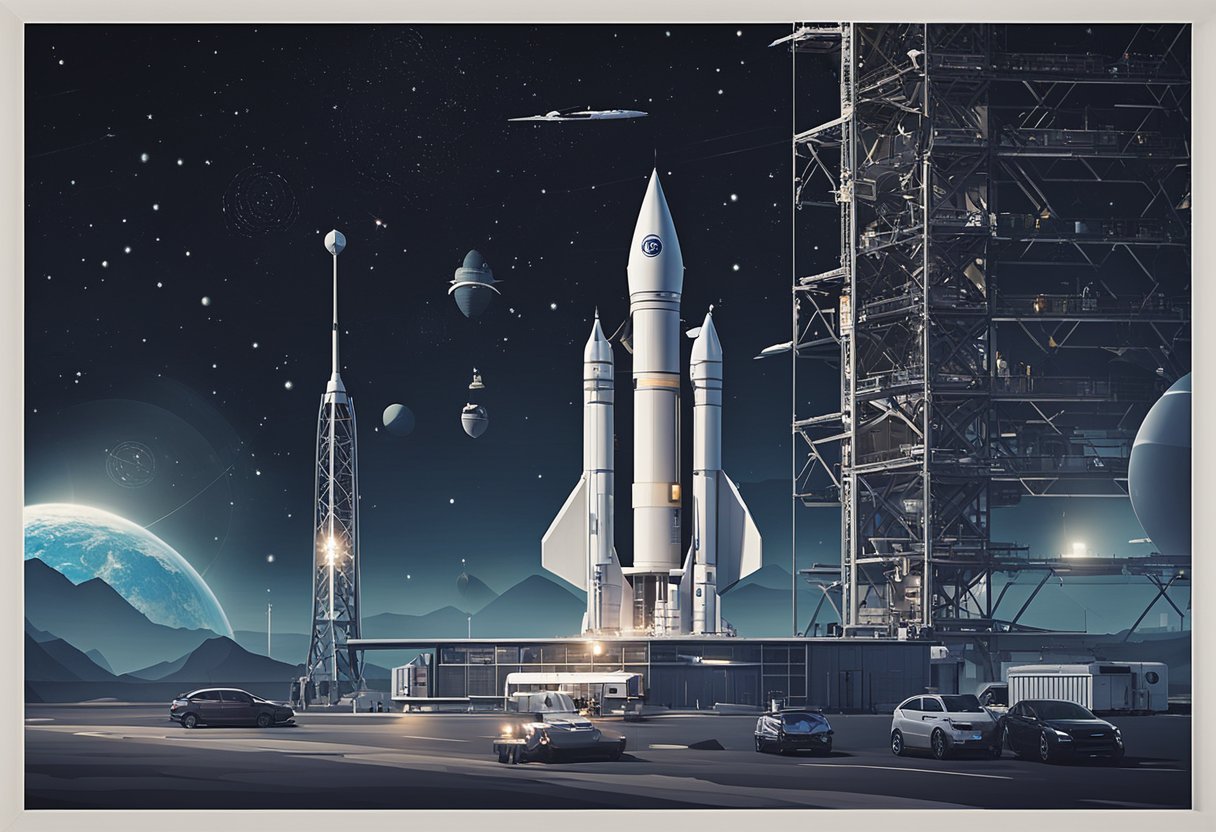
In this section, we provide clear answers to common inquiries about the regulatory framework that governs commercial space launches. We’ll explore the Federal Aviation Administration’s (FAA) licensing procedures and requirements, legislative acts guiding regulations, authorisation processes for satellite deployment, operational guidelines for spaceflights, and how the FAA addresses safety and environmental concerns.
For a company to obtain a commercial space launch licence, it must comply with various FAA requirements that ensure the safety of both the public and property during commercial launch or re-entry activities. This includes extensive review of the vehicle’s design, technical capabilities, safety features, and the qualifications of the personnel involved.
The Commercial Space Launch Act of 1984, as subsequently amended and re-codified, serves as the foundation for the United States space transportation policy and regulation. The FAA’s Office of Commercial Space Transportation (AST) oversees the implementation of this act, managing and coordinating all space launch activities.
To deploy satellites, companies must go through an authorisation process that includes meeting specific regulatory standards and obtaining a payload review and licence. The FAA’s regulatory guidance provides the necessary framework for compliance and authorisation.
Commercial spaceflights abide by a set of operational guidelines designed to protect the public and the environment. This encompasses vehicle safety, flight paths, debris mitigation, and the prevention of collision and pollution, as outlined in the FAA’s Streamlined Launch and Reentry Licensing requirements.
The FAA addresses safety and environmental concerns through rigorous regulatory standards that all commercial space operations must meet. These regulations include careful assessment of potential hazards, impact on the environment, and the implementation of safety plans.
Yes, the FAA maintains a comprehensive public record of issued commercial space launch licences, ensuring transparency and accessibility of information regarding licensed commercial space activities.